12 treadmill hacks to improve fitness, shed pounds, boost your race pace and more
How to get the most out of that treadmill
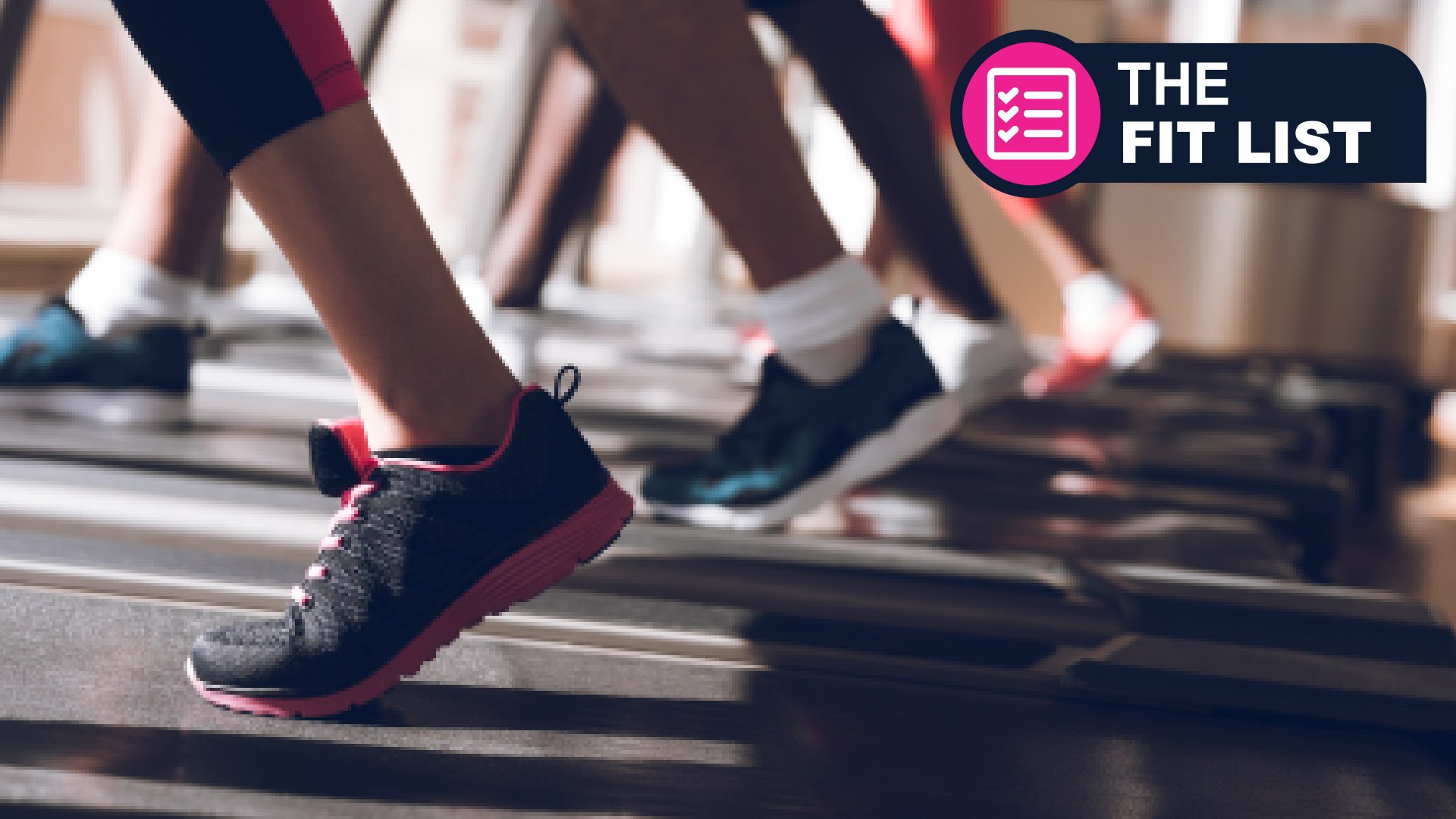
The corner of the TechRadar site that swaps processors for press-ups, The Fit List is our regular series of fitness listicles. We explore how to use technology to improve your health, all in handy bite-size pieces of advice. You can read the whole series here.
Whether you've invested in one of the best treadmills or you're just trying to get the most out of cardio at your local gym, walking or running in the same place, at the same pace, can end up making you feel a bit like a hamster. So, to get the most out of my treadmill, I went to the professionals.
Barry's has been putting the best fitness professionals in front of eager health seekers since 1998. As such it's developed a wide selection of personal trainers and professional fitness experts that specialize in a variety of exercise types and goals. Treadmills is one of those exercise types; most Barry's studios have rooms full of treadmills, with participants alternating between tread and floor workouts during classes.
Sure, you could go to the gym, start a basic treadmill workout and still get some benefits. But to really maximize your results, it makes sense to hear how these experienced professionals would recommend using this versatile fitness tool to its fullest extent. So that's exactly what we did.
Treadmills can really work
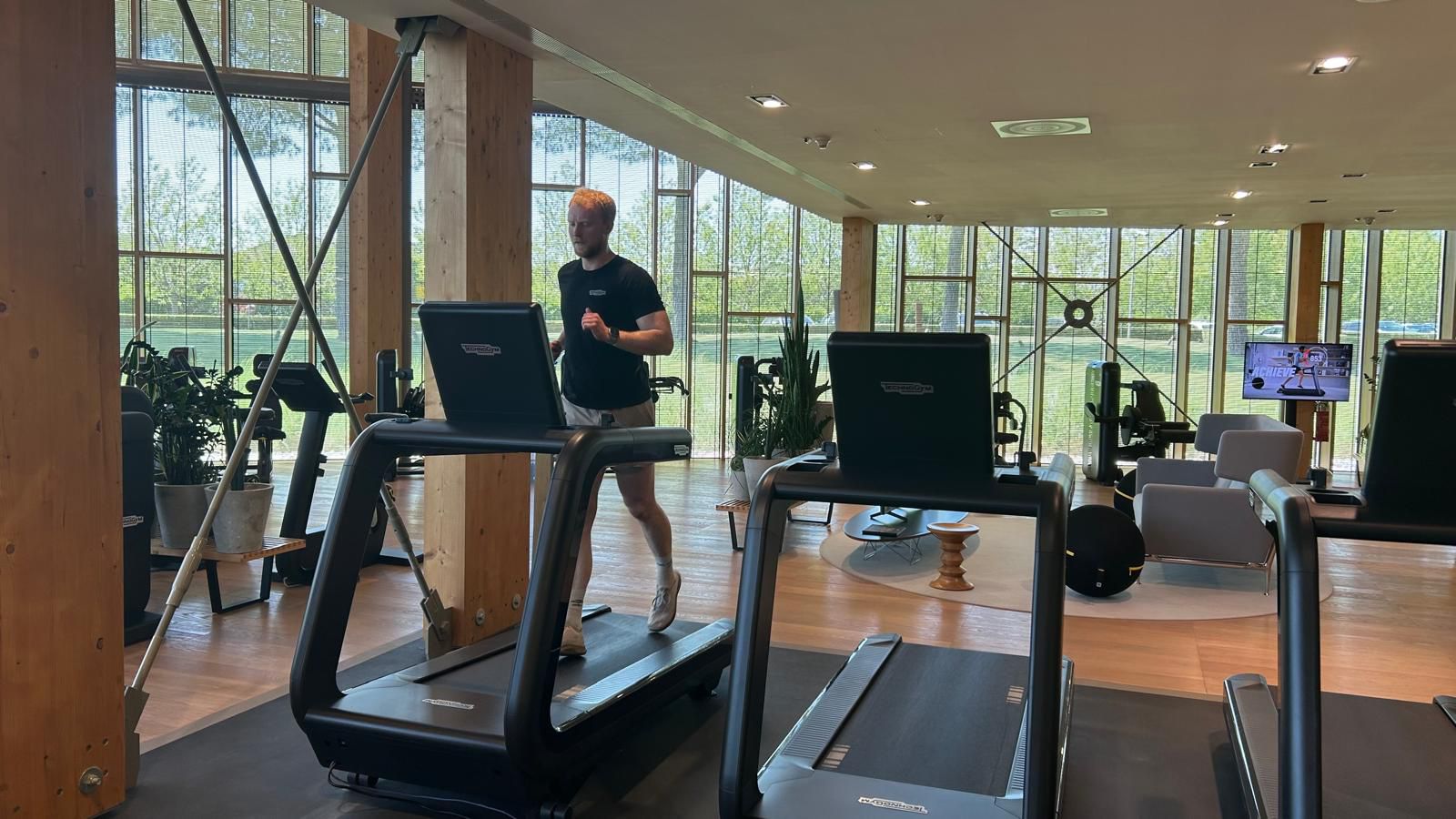
Tana von Zitzewitz, master trainer, at Barry’s UK told TechRadar just how a treadmill can help your health and fitness.
- Treadmills are a great piece of equipment to use to test your lactate threshold, the point in which you transition from aerobic steady-state exercise to anaerobic high-intensity training. The "consistency and accuracy in pacing" of treadmills allows you to understand what speeds are hard for you to run at, says von Zitzewitz.
- If you have a target pace for a race, you can set your treadmill to that specific pace.
- Treadmills are also helpful when working on technique in form and cadence.
- von Zitzewitz recommends using a treadmill to practice incline running if local terrain is flat.
- You can use a treadmill for workouts such as targeted interval training (more on this later) because of "the precision in timing and speed".
- Treadmills can aid training during cold months when weather becomes a safety hazard, so you don't have to deal with wind, ice or slippery surfaces.
Below, you can find 12 different ways to train on treadmills, starting with a few detailed workouts.
1. Incline Power Walks
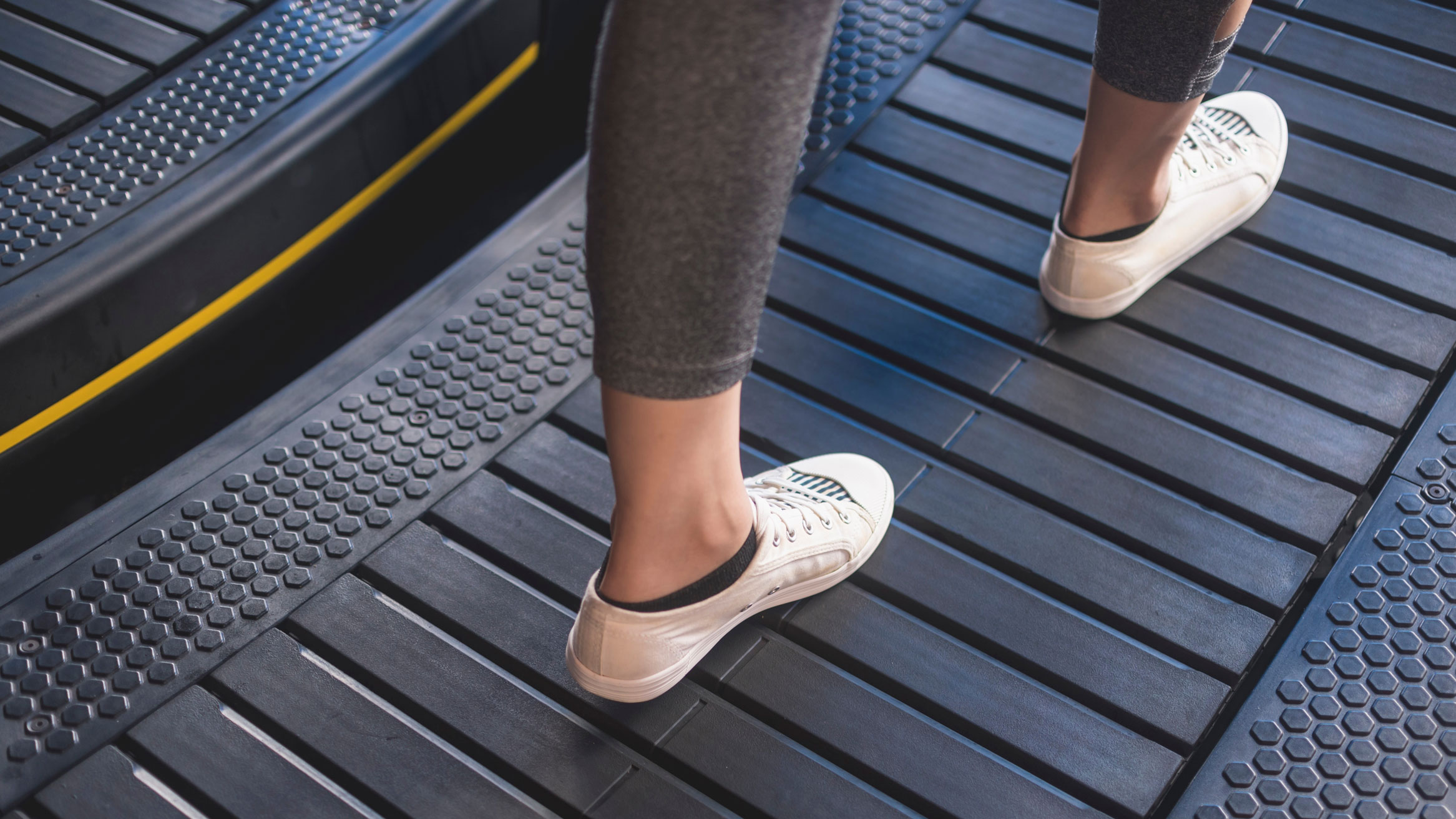
If you’re someone that can’t keep still, even on your planned rest day, then this one is for you. Great for the overtrainer.
- How it works: Walk at 10–15% incline with or without a weighted vest for 15–25 min.
- Why it helps: Recruits glutes, calves, and hamstrings while sparing joints — great for active recovery or building steady-state aerobic strength.
- Biomechanical tip: Incline walking reduces the load on your knees compared to running on concrete, but this exercise still stimulates cardiovascular and muscular adaptation.
2. Zone 2 endurance building
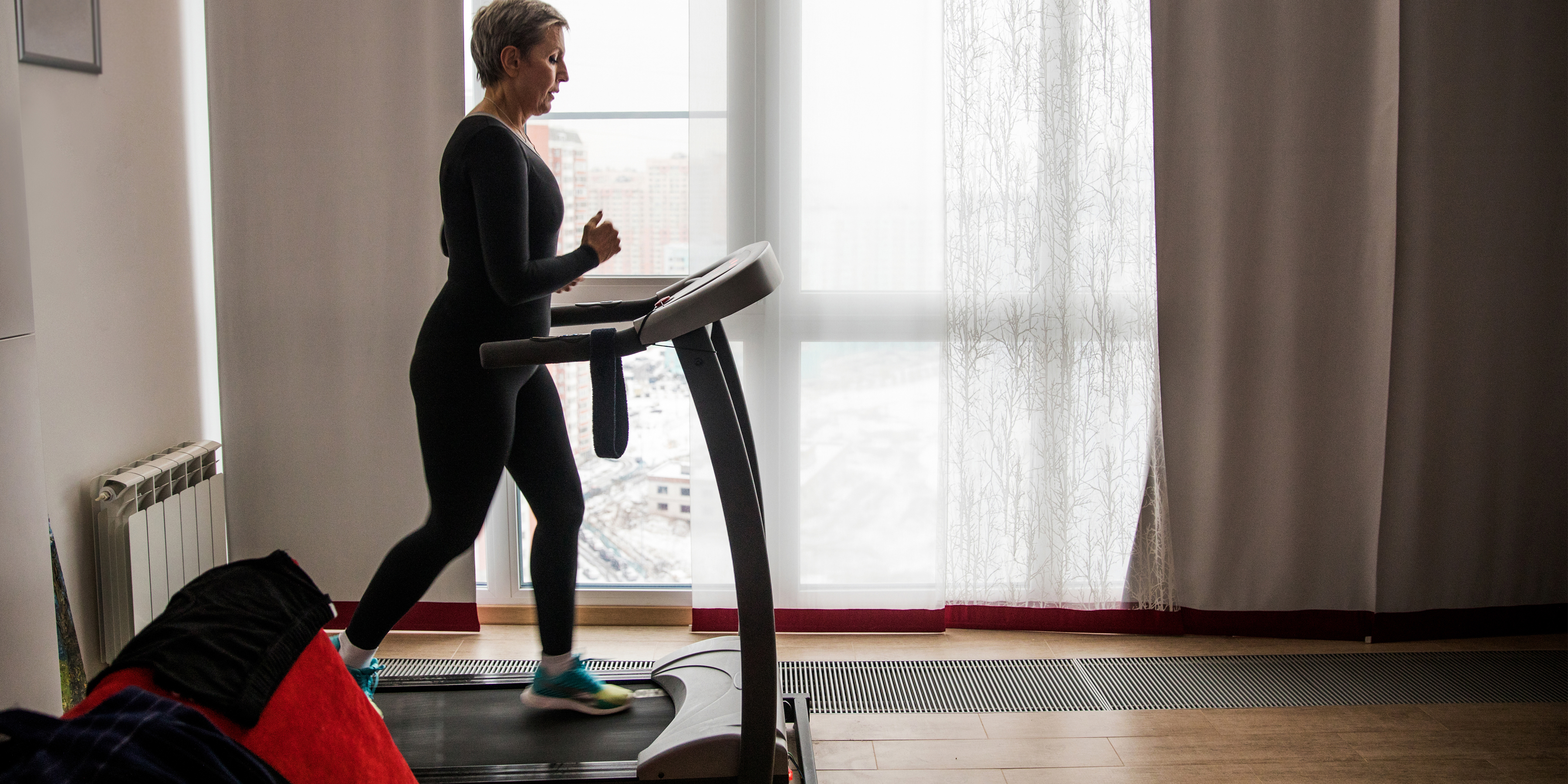
"It’s a bit Marmite, but there’s nothing more I love than an easy Zone 2 long run on a treadmill," Nathan Dyke, fitness instructor at Barry's, said. This is how you can take advantage of that training technique, using the treadmill settings to avoid speeding up as you might outdoors.
Sign up for breaking news, reviews, opinion, top tech deals, and more.
- How it works: Maintain a conversational pace in Heart Rate Zone 2 (roughly 60–70% of HR max) for 30–60 minutes.
- Why it helps: Enhances "mitochondrial density" according to Dyke, which allows you to train for longer, plus it increases fat oxidation.
- Tech tip: Smartwatches with heart rate monitors have heart rate zone settings, alerting you when you stray into Zone 3. Be prepared to slow down a lot.
3. Paced Progression Runs
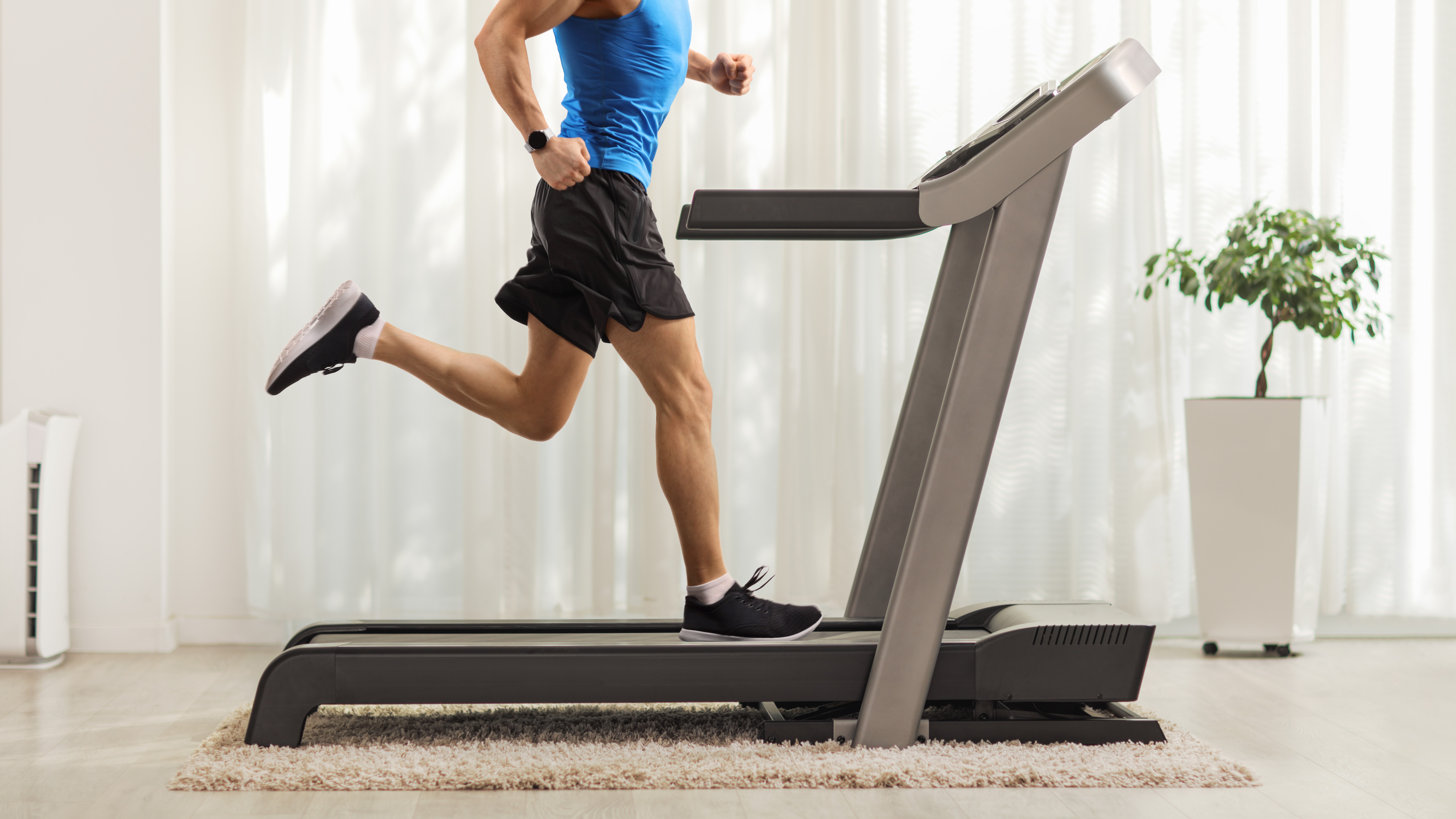
Eventually, you may want to enter your first road running race, or perhaps you’ve already done a few and got your pacing all wrong. The negative split is considered the most effective race strategy. Essentially this is where you run the second half faster than the first half. Here's how to use that.
- How it works: Set a treadmill to increase speed by 0.2–0.3 mph every 3–5 minutes over a 20–30 min run. You can set some treadmills to do this automatically, or you can press the button yourself each time.
- Why it helps: Controlled progression enhances lactate threshold and pacing discipline - both vital for outdoor runs where terrain and fatigue can mask effort levels.
- Tech tip: Use a smartwatch with pace as well as heart rate zones to identify how fast you're running over time: perhaps next time you try this workout, you need to start running at a faster or slower point so the increases line up with your ability level.
The power of variation on treadmills
Sam Stone, master trainer at Barry’s UK told TechRadar just how incline settings can change up your treadmill workout results.
She pointed out: "Varying the incline can help replicate the variation of surfaces & gradients when running outside. You can incorporate different inclines in each different run and within any session.
"All of these require using different muscles and a varying stride which helps with muscle development and training techniques.
"Each session on the treadmill can be varied and the biggest advantage of working on it is the ability to make small progressive changes on multiple elements, from incline to speeds. These kinds of changes help manipulate variables and help challenge a runner in a subtle way. Progressively increasing intensity can make a significant improvement on speeds, split times and endurance capacity."
Below, you can see a few examples of variables you can tweak on the treadmill.
- Intervals: This is a great way to improve your split times and cardiovascular capacity. You can manipulate the speeds and the times, switching between two or more settings for intensity and recovery.
You can work on a varying 'base pace' and a varying 'push pace' which helps aerobic capacity and stride development. - Heart rate: Most sustainable and long-term run training should be done within Zones 1-3, particularly with outside running. A little Zones 4-5 work is great for improving speed, and threshold training is great for improving aerobic capacity. With a treadmill, you can tweak speed settings to keep yourself in the desired heart rate zone.
- Dynamic mode: This is a great technique to do on treadmills such as Woodway Curve, which allow you to create your own resistance by pushing against the treadmill. Not all treadmills have this, but it's a good way to target the glutes and can be incorporated at the beginning of a workout, the end, or within running intervals.
- Mixing running and weights: Just like a Barry's class, which alternates between periods of weight training and treadmill runs throughout the session. Hybrid training has many benefits: combining weights and cardio helps overall aerobic fitness, but it also enforces the fundamental strength work that should be done for any runner or athlete.
Without strength training in your regime, performance will be restricted, posture will not be its best and injury is much more likely to occur. Having good posture, a strong core and strong muscles brings many benefits. - Threshold and endurance running: It's easier to perform shorter more effective threshold runs on a tread by choosing specific speeds and times. Running in blocks of time on a higher speed than your average split in short sections, such as a couple of minutes, can help improve your pace.
You can choose varying blocks using different speeds and different durations, but the treadmill can allow you to be really progressive in your training as you can add tiny decimals to speed and incline and 20, 30, and even 40-second increases to make a big difference over time.
It is much easier to motivate yourself to improve on speed when you can monitor more efficiently and track every small change and improvement. - Sprints: Short bursts of Zone 5 intervals are great for training and for an endorphin rush. They should be a small element in your weekly training or any session but speed can reinvigorate your running sessions.
- Sprints and plyometrics: Plyometric training is great for improving a runner's power and speed. These movements will help target and strengthen fast twitch muscle fibres which will help runners become more explosive and speedier.
- Pull backs: Pulling back to a ‘base pace’ for an extended period after pushing the speed with blocks of intervals is a great way to improve endurance. Taking the heart rate to Zone 3 or above for varying amounts of time, and then decelerating to a jog instead of walking or stopping, will encourage a runner to work on breathing control and efficiency.
- Goal mile: A 'goal mile' challenge is always a great physical and mental challenge. Running at a single speed until hitting the distance is a great challenge to do on a treadmill and work on improving the time. It's then great to do it outside to compare. You can also do it at the beginning or the end of a training session which again adds an extra challenge, making future sessions feel easier.
You might also like...
Luke is a freelance writer and editor with over two decades of experience covering tech, science and health. Among many others he writes across Future titles covering health tech, software and apps, VPNs, TV, audio, smart home, antivirus, broadband, smartphones, cars and plenty more. He also likes to climb mountains, swim outside and contort his body into silly positions while breathing as calmly as possible.
You must confirm your public display name before commenting
Please logout and then login again, you will then be prompted to enter your display name.
